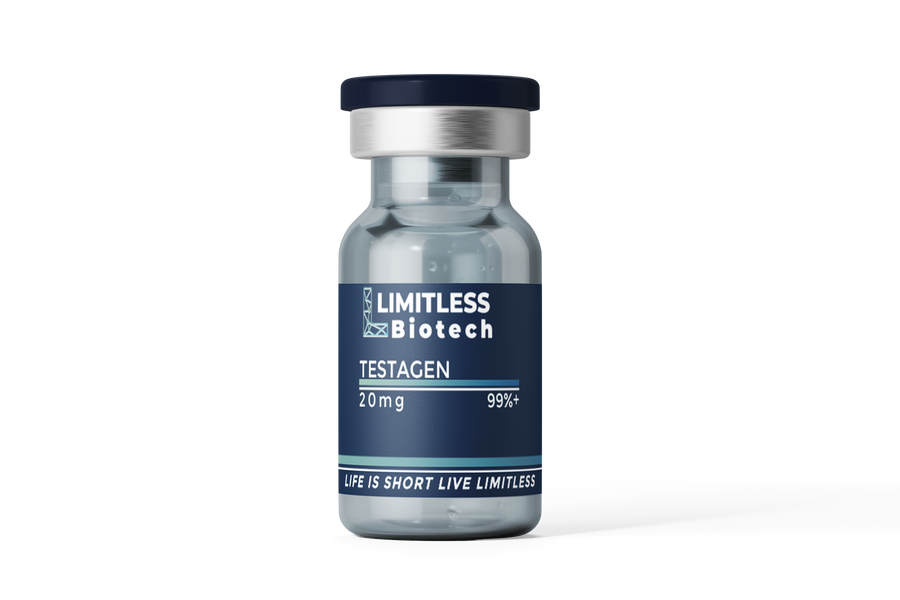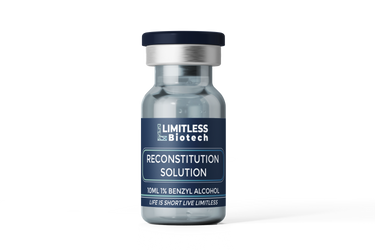Testagen Peptide Description
Testagen peptide, also known as KEDG (Lys-Glu-Asp-Gly), is a bioactive tetrapeptide classified among the Khavinson peptides that functions as a short signaling molecule in laboratory research models.
Comprising a sequence of four amino acids — lysine, glutamic acid, aspartic acid, and glycine — this peptide mirrors the structure of naturally occurring bioregulators, making it an ideal candidate for investigations into endocrine system dynamics and epigenetic regulation.
In experimental settings, Testagen has demonstrated potential in interacting with critical cellular elements like DNA and histones, offering researchers a window into its influence on gene expression and protein synthesis pathways. Its utility shines in studies employing various models, such as avian systems, where it has been used to explore effects on thyroid morphology and hormonal activity, shedding light on glandular function and cellular differentiation.
Formulated exclusively for in vitro laboratory applications, Testagen empowers scientists to delve into cellular aging, tissue regeneration, and the epigenetic modulation of gene activity. This research-grade peptide provides a versatile platform for advancing knowledge in peptide-based bioregulation, strictly intended for controlled laboratory environments and not suitable for human or veterinary use.
Peptide Specifications
- Sequence: H-Lys-Glu-Asp-Gly-OH
- Molecular Formula: C17H29N5O9
- Molecular Weight: 447.4 g/mol
- PubChem CID: 44568787
- Synonyms: CHEMBL493257, BDBM50252700, KEDG, Anterior Pituitary Peptide (APP)
- Storage: For optimal preservation in laboratory settings, Testagen should be stored in lyophilized form at -20°C or below, while peptide solutions require refrigeration at 4°C
Research Applications
- Thyroid Hormone Regulation
- Immune System Modulation
- Neuronal Protection
- Prostate Function
- Androgen Deficiency




